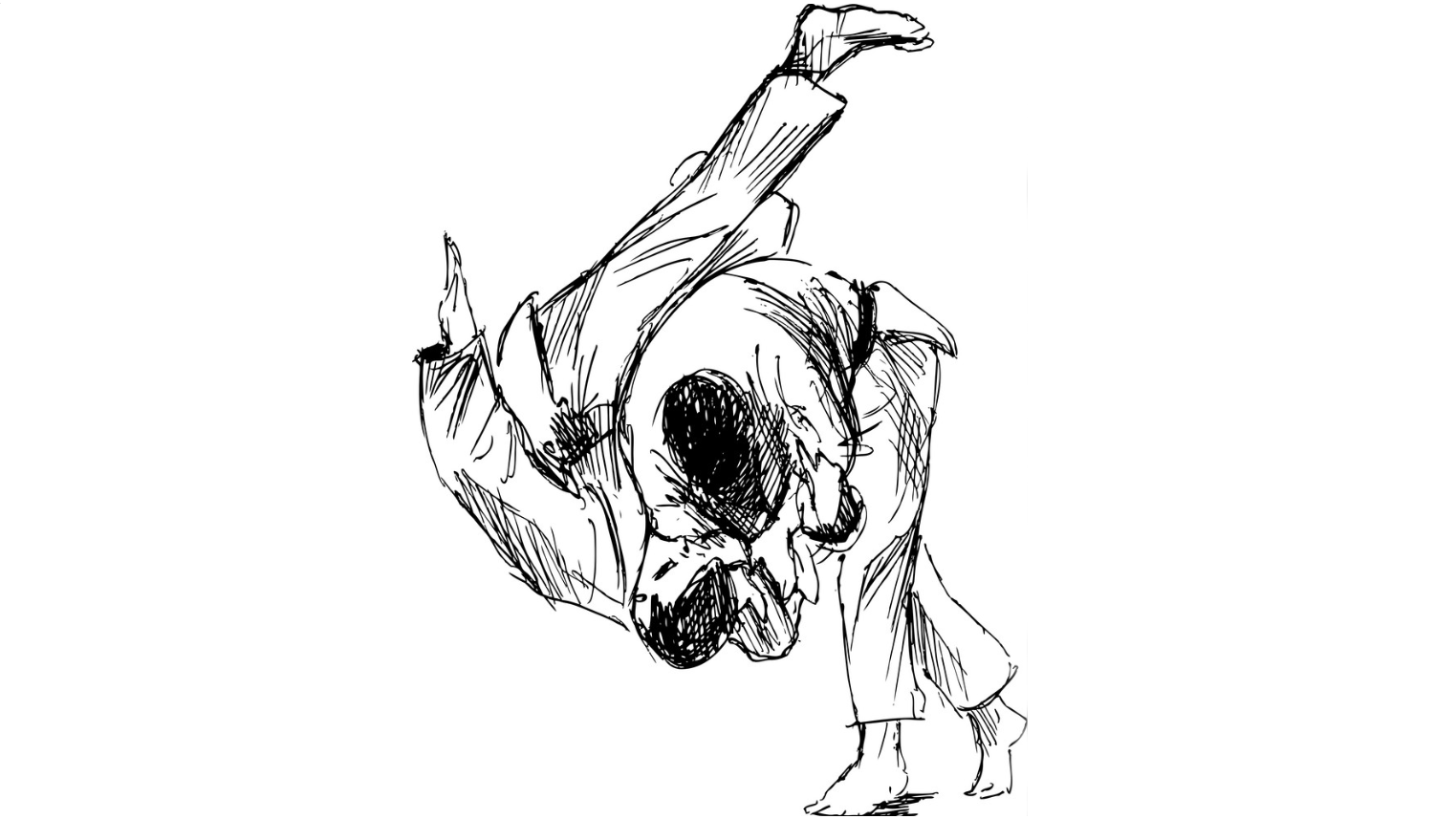
KL Judo's competition training system is based on the training that Head Coach Oon Yeoh received in the USA and Europe during his days as a competitor. Over the years, he has fine-tuned the system and supplemented it with his own ideas based on his own experiences as a competitor and later on as a coach.
While most of our members at KL Judo are recreational players, there is a small group that is training for high-level competition. The competition training program these players undergo consists of five core elements:
1. Anaerobic Fitness
Judo is largely an anaerobic sport. As such, the fitness drills we focus on are mainly High-Intensity Interval Training, designed to build up anaerobic stamina. Basically we need our players to be able to fight even when they are low on oxygen. Which is often the case in high-level judo.
2. Gripping
Judo is a grappling sport. The very first thing you do in judo is grip your partner. That's why effective, smart and strategic gripping is so important to competition success. Without a good grip you can't throw your opponent. And without a good grip your opponent can't throw you. This simple maxim informs and guides our gripping approach at KL Judo. We do grip strength training drills and situational drills designed to teach our players how to win a grip fight and dominate their opponents.
3. Newaza
Newaza is often neglected in many judo clubs. At KL Judo, we give it equal focus to tachi-waza. So, at least 50% of our training time is spent on the ground. Someone once said that doing judo without newaza is like eating a meal with just a spoon and no fork. That pretty much sums up our view on what comprehensive judo is all about. The newaza we teach are all practical techniques that have been proven to work in a competition setting. We also work on transitions from standing to groundwork, which is crucial to newaza success.
4. Tachi-Waza
Unlike at many judo clubs, we don't spend a lot of time on uchikomi. Once our players have learned their throwing techniques, we have them do lots of nagekomi as we believe it's important to do the full movement, from start to finish. We also have them do it on crashpads because we believe it's importan they throw with full force. Visualization, situation drills, randori and intra-club shiai are all important components of our training system.
5. Strategy
Judo is a modern sport. It can't be won on just on technical ability alone. Judo rules are actually quite complicated. Knowing how to make the most of those rules (but always staying within the rules and not breaking them) gives our players the competitive edge. To train them up on judo strategy, we do lots of situational randori and situational shiai.
